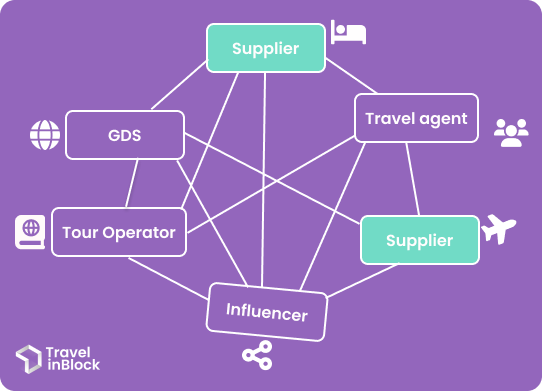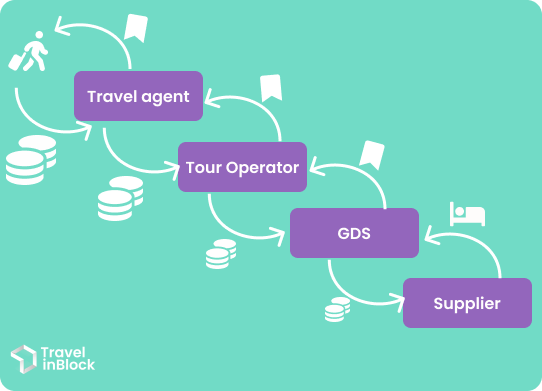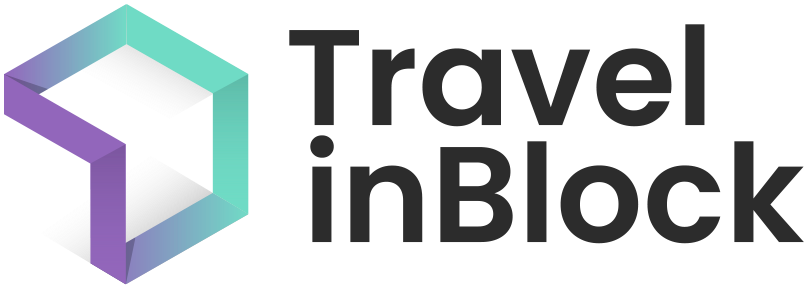
Using Blockchain to decentralize tourism distribution
Travel inBlock has created a decentralized distribution system that connects directly the participants of the supply chain, reducing technological and intermediation costs, how? laying on Blockchain technologies
Current issues of Tourism distribution
Waterfall model
Revenue of suppliers and intermediaries is being reduced through the supply chain.
Lack of transparency
Troubles to track and audit operations made in the supply chain as they are commited privately.
Inconsistency of data
Product availability and price is informed along the supply chain from the supplier to the client
There is a risk that price is not up to date or even incorrect at final steps of the chain.
Technological costs
Elevados costes tecnológicos en el desarrollo y explotación de la integración con canales de distribución.
High costs of integration with digital channels as fees to channel managers or internal development.

Benefits of using Blockchain technologies
Suppliers
Intermediaries
Traveller
Product
Inspired by DeFi solutions, Travel inBlock lays on the following key points.
Blockchain
Network to distribute products and consensus protocols to guarantee reliability
Smart contracts (DAO)
Decentralized and autonomous organization (DAO) implemented with Smart contracts
Digital identity & IoT
Digital identity for personalised customer service. The client can open the room using its wallet
Virtual payment
Simplifies payment relying on crypto currencies
Tips about Blockchain
What is Blockchain?
Blockchain is an inmutable and distributed storage of data. Information can not be tampered and it exists a copy in every node of the network.
Main characteristics of a Blockchain are the consensus protocol which guarantees the consistency of data and smart contracts.
Security, performance and cost of the network will depend on the consensus protocol
What's the purpose of Smart Contracts?
Los Smart contract son piezas de código que son ejecutadas en una red Blockchain. En general son simples y su programación no requiere elevados conocimientos técnicos.
Business logic of Travel inBlock is fully implemented on smart contracts coded in Solidity
What's the difference between Web 3.0 and Web?
Formentor Studio refers to Web 3.0 when the source of data and rules are decentralized and does not belong to the web site.
The booking engine of Travel inBlock es Web 3.0 because the data and rules of the User Interface belongs to smart contracts deployed in a Blockchain network.
When an "App" is also a Dapp?
In Formentor Studio we define Dapp as the set of smart contracts that implements the business rules of an application or product.
Dapp's are deployed in a Bockchain network and it means that the functionality is inmutable and can not be changed.
How physical assets are tokenized?
Tokenization consists in mapping a physical asset with a digital asset.
What we do in Formentor Studio, is to determine the cardinality and the attributes of the physical asset. If the cardinality of the asset is 1, we apply standard ERC-721 for NFT's, otherwise the standards ERC-20 or ERC-1155.


